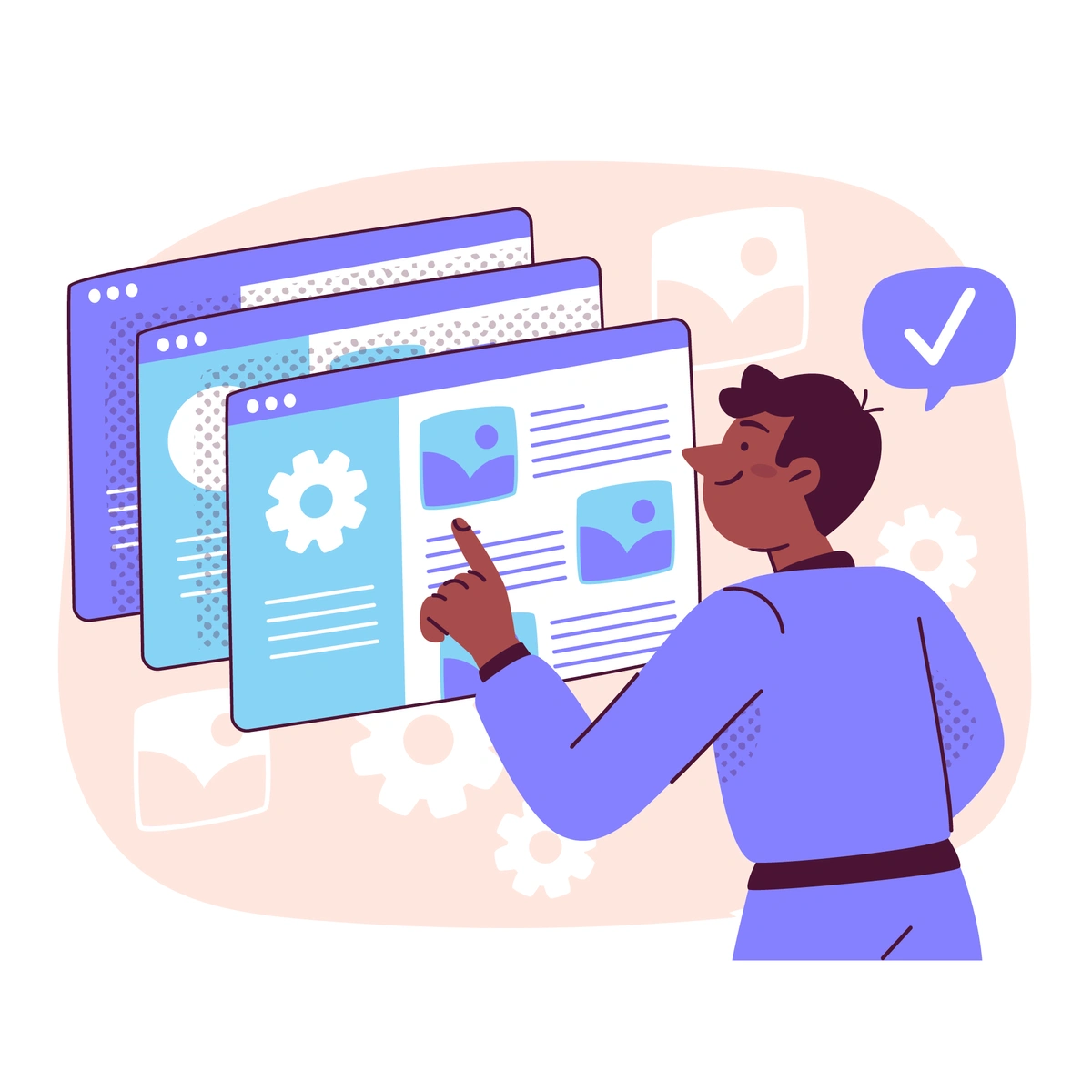Atlas Bench
by Atlas Bench
2024-01-31
With digital transformation accelerating across all industries, companies are rapidly adopting new tools and processes to keep up. As teams become more distributed and information continues growing exponentially, knowledge management has become a critical priority.
Confluence has emerged as the leading wiki-based platform for centralizing an organization’s knowledge. With capabilities for seamless content creation and seamless collaboration, Confluence empowers teams to maximize productivity. However, simply adopting Confluence is not enough.
You need an intentional strategy to leverage Confluence effectively. In this blog post, we will walk through the latest best practices for Confluence in 2024. Whether you are just getting started with Confluence or looking to optimize an existing instance, follow these guidelines to boost teamwork, alignment, and innovation at your company.
A strong information architecture ensures that organizational knowledge is structured logically and made accessible to the right users. Without thoughtful information architecture, Confluence instances can quickly become disjointed and difficult to navigate.
When designing your Confluence information architecture, begin by thoroughly analyzing current content and usage patterns. Look at where information is stored, who owns it, and how relevant it still is. This will reveal opportunities to better organize information.
Next, define a clear taxonomy for categorizing content in Confluence. Group content into levels such as company-wide, departmental, team-specific, project-specific, and personal. Then, map content types to appropriate spaces in Confluence. For example, company policies may warrant a dedicated top-level space, while project details belong in team spaces.
Lean on Confluence admins to create any new spaces required and properly delegate permissions. Before reorganizing content, get buy-in from stakeholders to maintain alignment. Finally, plan for ongoing governance to keep the IA optimized over time.
In addition to organizing pages well, it’s also important to standardize page structure within Confluence. This allows users to efficiently locate information on any page.
First, define page templates for common content types like product requirements, release notes, and how-to articles. Templates enable consistency while empowering users to create pages quickly.
Second, establish guidelines for section headers, formatting, and media use. For instance, you may want all pages to have an “Overview” section up top followed by “Steps” for tasks. Standardize on heading styles, fonts, color schemes, etc.
Third, provide contributors with reusable macros, widgets, and components for adding common elements like tables and diagrams. Discourage duplicating the same content. Finally, leverage page restrictions to control permissions and other aspects of important pages.
Promoting disciplined page structure ensures Confluence content stays usable over the long term. Users can skim any page to extract key details thanks to predictability.
Along with pages, Confluence supports templates for blogs, projects, spaces, and entire sites. Leverage templates to simplify content creation and enforce standards.
Blog templates control layout and style for different blog types like developer, marketing, or leadership blogs. Project templates pre-define sections for project plans and centralize them in one place. Space templates let you spin up common spaces like “Team X Projects” instantly with the right structure.
Site templates take templates even further by defining the foundational pages, spaces, and macros for an entire Confluence instance. Site templates codify best practices to unify the user experience.
Blueprints are like site templates but with additional automation capabilities. The Project Documentation Blueprint, for example, can pre-populate pages for requirements, status reports, and more. Confluence admins should develop purpose-built templates and blueprints aligned to your content taxonomy.
Confluence’s app ecosystem enables limitless customization on top of the base platform. Apps can add new capabilities, automate workflows, and integrate external data.
For example, the Mind Map app lets users collaboratively brainstorm and organize ideas visually. The Table Filter and Sort app adds advanced interactions to tables. Workflow automation apps like Procellar and Draw.io help teams standardize processes.
With hundreds of apps to choose from, focus on solutions that solve your biggest Confluence pain points. Also evaluate integrations for pulling content from other tools like Jira and external databases into Confluence automatically.
Set up a Confluence sandbox instance to experiment with apps and integrations before activating them in production. Test thoroughly to avoid disruptions. With the right mix of custom apps and integrations, you can tailor Confluence to your organization’s evolving needs.
The most well-architected Confluence instance will fail if users don’t adopt it. That’s why onboarding and training are so crucial.
Start by providing all new employees with an overview of Confluence during their orientation. Explain how your company uses Confluence and its place in the broader toolchain. Maintain a simple, helpful “Confluence 101” page that covers basics like page editing, formatting, and macros.
Create an onboarding space for each new user pre-populated with their onboarding plan, helpful links, and task lists to ramp them up. Assign new hires a Confluence buddy who helps them learn the ropes and get productive quickly.
Offer virtual training courses on using Confluence effectively, contributing quality content, and following your guidelines. Send a weekly “Confluence tip of the week” email with productivity tips.
Also recognize top Confluence contributors and power users to promote adoption. With ongoing education and support, your team will collaborate confidently via Confluence.
The work doesn’t stop after organizing your Confluence instance and rolling out training. You need active governance to keep Confluence optimized over time.
First, implement a content sunsetting process to archive outdated pages on a regular cadence. While archived, pages remain searchable if needed but won’t clutter active spaces. Clearly communicate policies for what gets archived.
Second, leverage Confluence labels to categorize pages and make them easier to find. For example, label key company policies and procedures for quick access. Labels streamline search and disambiguate content.
Third, take advantage of bulk editing capabilities in Confluence to standardize structures and formats at scale. Bulk edits allow admins to quickly align vast amounts of content.
Finally, use scorecards and reporting to track Confluence adoption and usage over time. Identify new areas for optimization and continue refining your governance processes. Consistent, light governance keeps your Confluence instance organized amid constant change.
While mastering Confluence ultimately takes practice and experience over time, expert guidance can help you avoid pitfalls. The Atlas Bench team has helped numerous organizations design and implement Confluence solutions tailored to their needs and scale.
Our certified Atlassian experts and developers bring deep hands-on experience architecting enterprise Confluence environments. We take the time to understand your organization, existing tech stack, and use cases to craft a strategic Confluence roadmap.
Atlas Bench’s advisory services provide training and coaching to your admins and users for smooth adoption. And our development services can build custom apps, integrations, and automations to enhance your instance. Entrust Atlas Bench to fast-track your company’s Confluence mastery.
Confluence offers immense potential to unify your workforce but requires an intentional approach. Follow these Confluence best practices around information architecture, governance, training, and customization to maximize value. Prioritize usability and adoption with every initiative. Partnering with Atlas Bench accelerates your Confluence success through expert guidance tailored to your organization’s needs. Just remember that like any tool, realizing Confluence’s full benefits takes commitment over time. But the long-term payoff for employee alignment and productivity will be well worth it.

Learn how to streamline your sprin...
29 August 2024

Learn how to streamline your sprin...
6 August 2024

Learn how to establish a robust Ve...
23 July 2024